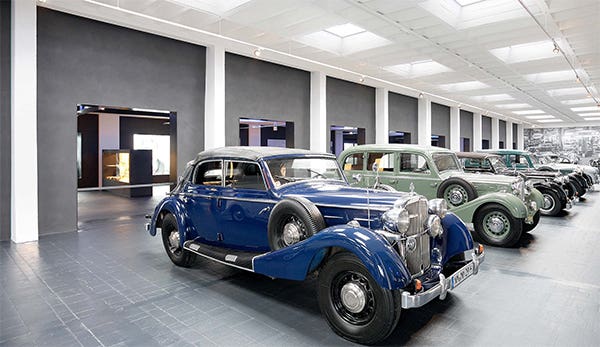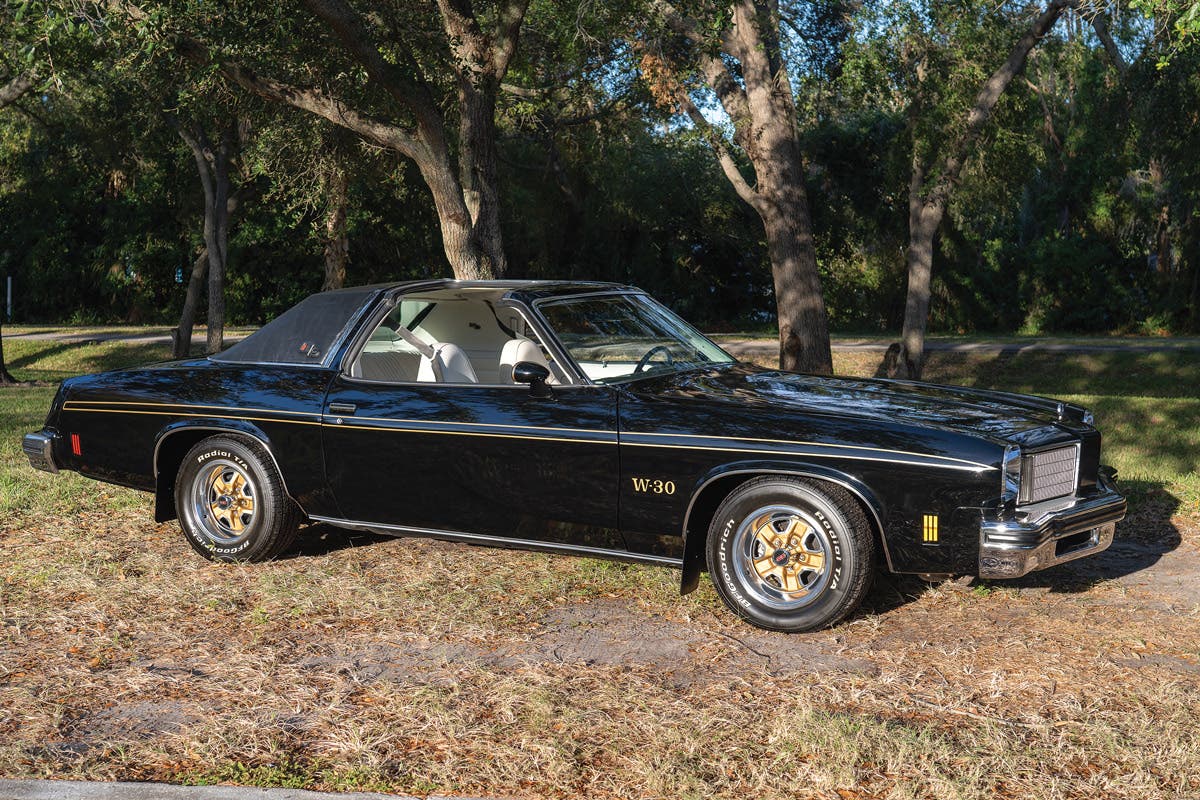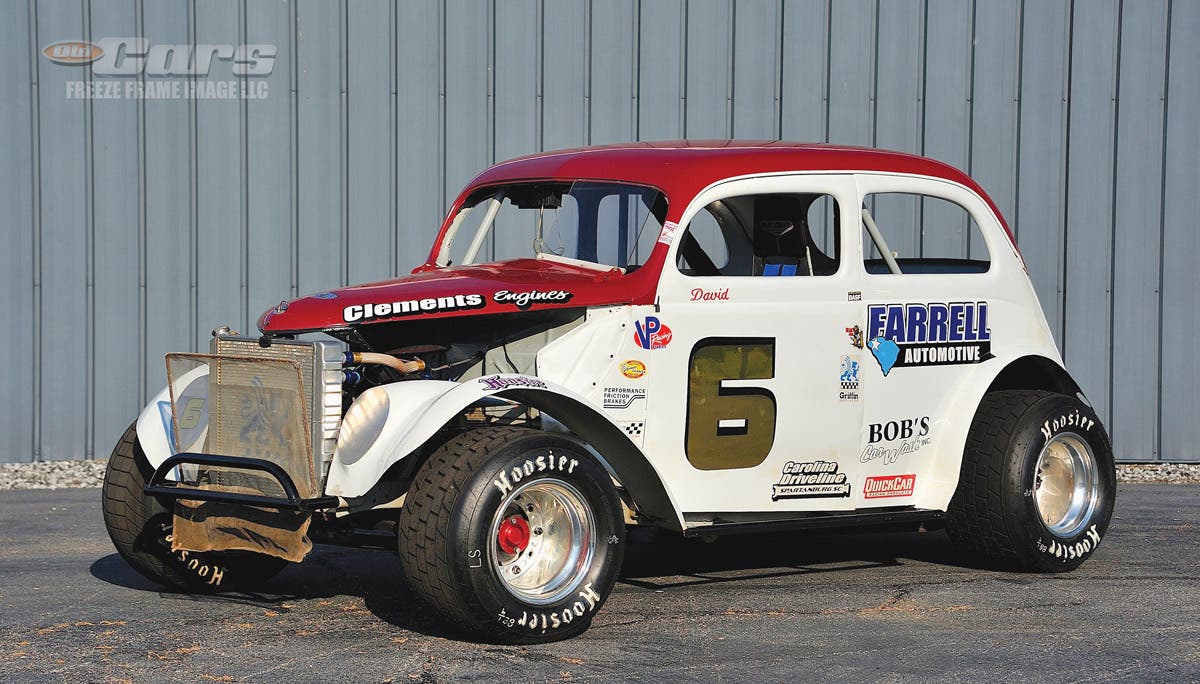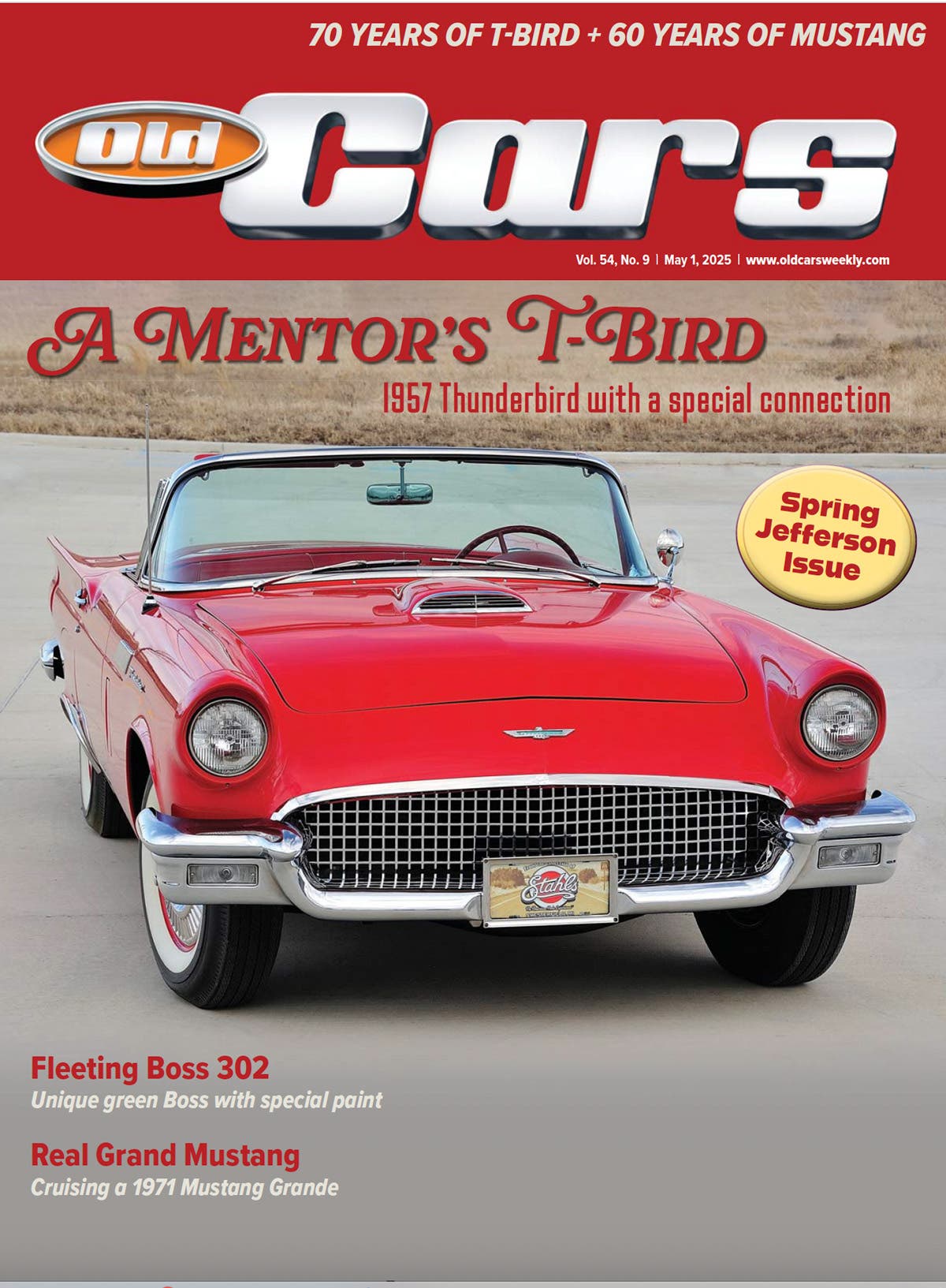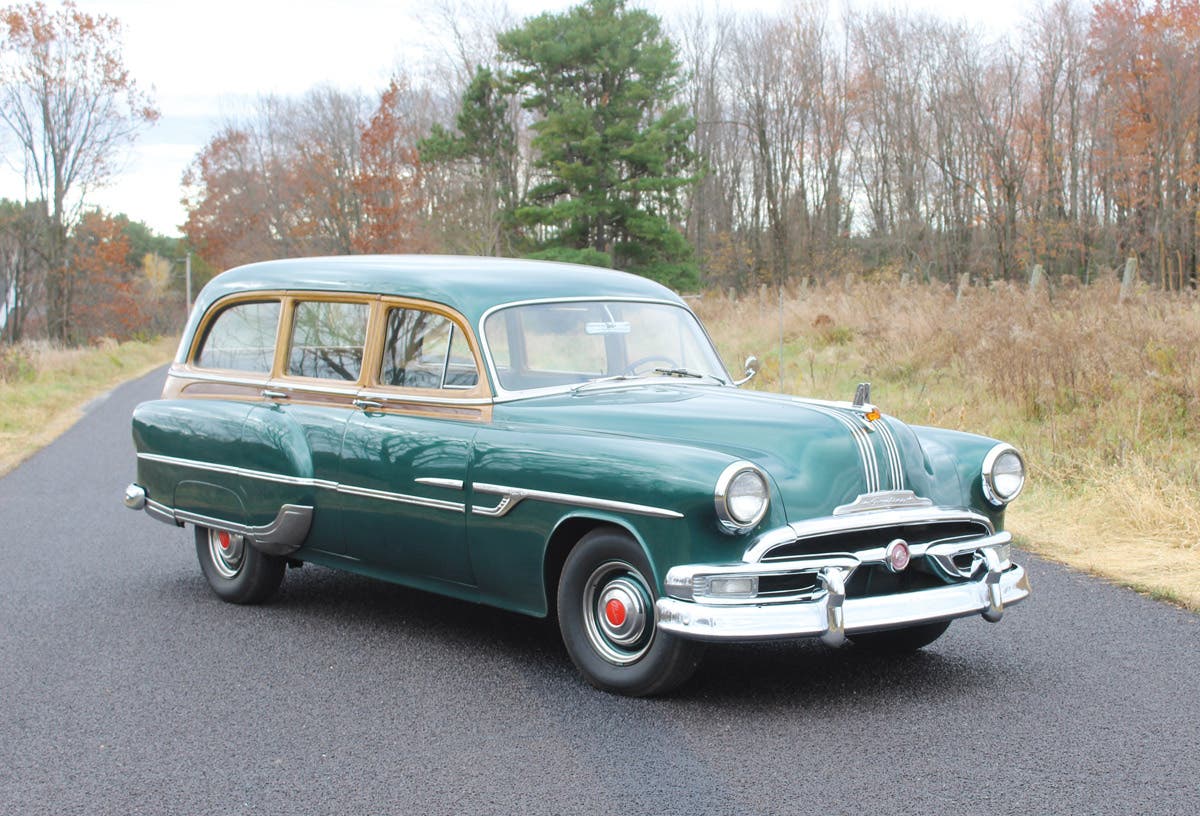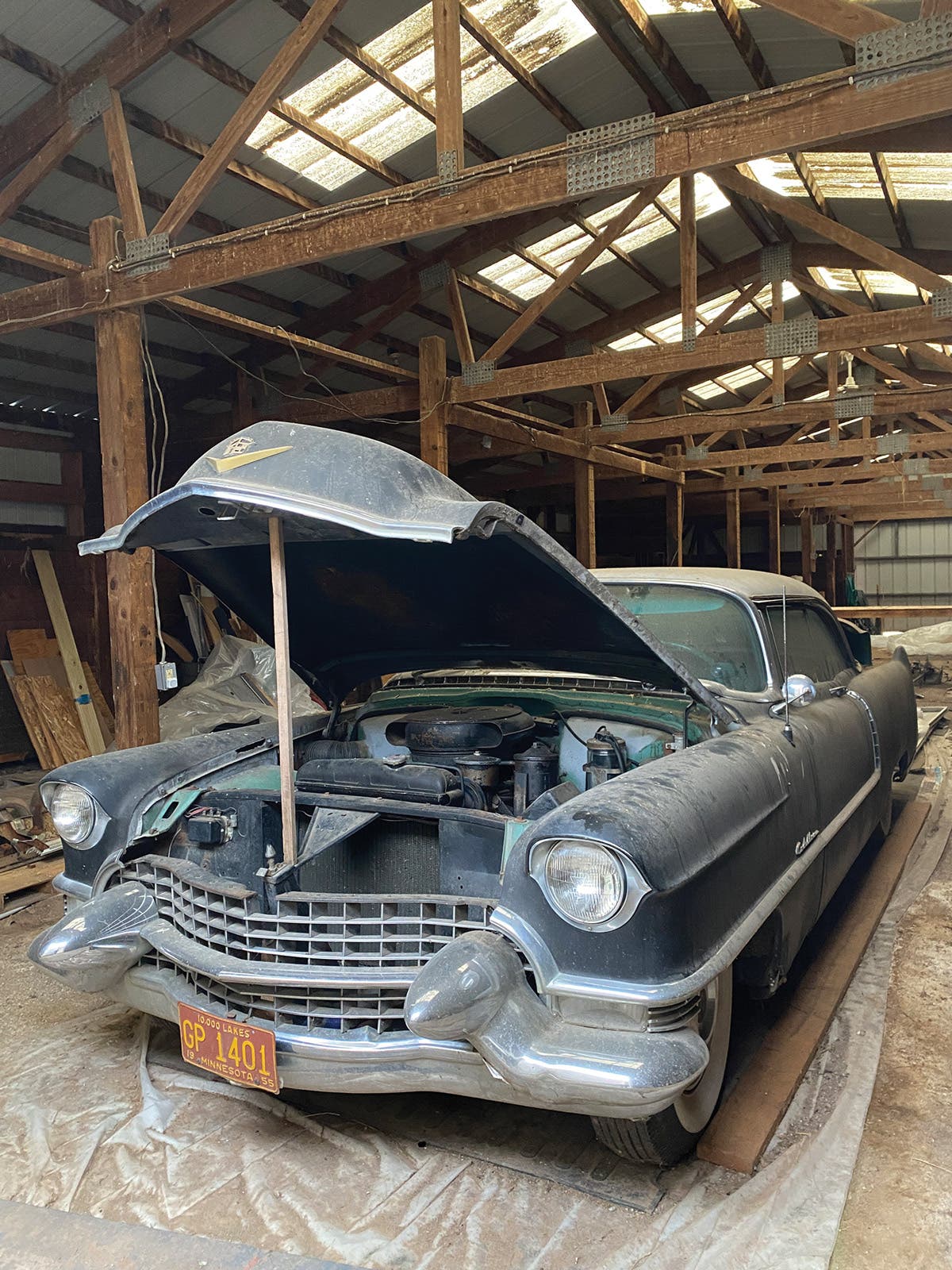The 1973-’74 Dodge Charger was good to Richard Petty as he
drove Winston Cup race cars of the style to back-to-back
Daytona 500 wins in 1973 and ’74 and season championships in
1974 and ’75. (Phil Hall Collection)
After the checkered flag has fallen on the running of the 51st annual Daytona 500 on Feb. 15, it’s unlikely that there will be a back-to-back winner this year. Ryan Newman won it last year in the #12 Dodge Charger fielded by Team Penske, but he’s no longer a part of that potent organization this time around.
Despite the race having a history a half-century long, there have only been three such back-to-back winners of the storied event, and no driver has done it more than once.
Richard Petty was the first, taking consecutive 500 wins in 1973 and ’74. These were the fourth and fifth of his unequalled seven wins in the classic super speedway contest at Daytona International Speedway in Daytona Beach, Fla. Cale Yarborough duplicated Petty’s effort 10 years later in 1983 and ’84. Sterling Marlin missed the decade bridge by a year, notching top honors in 1994 and ’95.
Our focus this time around is on the first to double, Petty. It’s ironic that the winningest NASCAR Grand National/Winston Cup/Sprint Cup driver of all time (200 wins, 7 championships) is now in the process of closing his racing team operation and merging it into Gillett Evernham Motorsports.
Looking at the state of the sport in 1973, direct factory backing for most of the teams disappeared at the start of the decade. Petty maintained a direct connection to Chrysler Corp., and fielded ’73 Dodge Chargers for the new season. The only other open factory relationship was that of Roger Penske and American Motors, but the background on the Matadors of that union are for another column.
As for the race cars of the time, the news was under their hoods where a small-block vs. big-block tug of war was in progress. At the start of the 1973 season, there were some of each and for Petty, the 426-cid Hemi was still the engine of choice. Before the season ended, there would be rule changes and restrictor plates would be mandated for the big engines.
With most teams independent and buying their own cars and parts, Chevrolet was becoming an increasing factor in Winston Cup. Mercury’s best teams zeroed in on the 1971 Cyclone, Dodge entrants favored the more aerodynamic ’72 Chargers and Plymouth was still around, but not by much.
The Feb. 18 Daytona 500 looked like it was going to be a Buddy Baker benefit. He put the K&K Insurance ’72 Charger on the pole, won the first qualifying race and thoroughly dominated the 500, eventually leading 157 of the 200 laps. Petty was among the leaders, as was the Richard Howard Chevrolet-mounted Yarborough, who returned full time from an unsuccessful stint in USAC Indy Car racing.
Mechanical gremlins took their toll on the front-runners, claiming Yarborough, David Pearson and Bobby Allison, among others.
Petty was just behind Baker with a dozen laps to go when he pitted under the green flag. Taking no chances, Baker did likewise the next time around.
Petty built nearly a five-second lead, but Baker was closing in when his Charger’s engine expired with six laps to go, dropping him to sixth place. Petty’s Daytona 500 win number four (joining1964, ’66 and ’71) was his as he finished better than two laps ahead of the Bud Moore-prepped ’72 Torino with a small-block, driven by Bobby Isaac. Dick Brooks, A.J. Foyt and Herschel McGriff followed, each a lap behind the car ahead.
Petty did not have a great season, finishing fifth in points, well behind champion Benny Parsons.
For 1974, the sport was a test of resolve against the so-called “energy crisis,” which cut into the attendance and resulted in the race being started on lap 21, for a distance of 450 miles, though it was still called the Daytona 500.
Rules were again the focus of controversy with the 1974 season finishing with ’73 engine specs, which included the unloved restrictor plates. As it turned out, rules would change many times during the year. Sound familiar?
After starting second next to pole winner Pearson in the Feb. 17, 1974 Daytona 500, Petty again ran among the leaders. This time his main combatant was Donnie Allison in the DiGard ’74 Chevrolet Chevelle.
Petty’s chances of another win looked bleak when a soft tire caused him to pit on lap 181 while running second. Then things changed dramatically when Bob Burcham’s Chevy had an engine let go on lap 189 — right in front of Allison.
Allison ran over the debris and cut down both front tires, sending him into the infield and out of contention. Like Baker the year before, Allison finished sixth.
Petty again was unchallenged and finished nearly a lap ahead of a trio of drivers battling for second. Coo Coo Marlin was ahead, but slowed a lap early, giving second to Yarborough. Ramo Stott nailed third.
Petty’s 155th win was his fifth in the 500 and the event now had a back-to-back winner.
The season would be a good one for Petty as he went on to win 10 races and claim his fifth title.
The 1975 Dodge Charger was based on the brick-like Chrysler Cordoba and the racers ignored it. Petty continued to race his ’74 Charger through the 1977 season, after which it was declared too old. He switched to a ’78 Dodge Magnum and became so unhappy with it, he left Mopar for General Motors’ products mid-season.
The old Charger was good to him, especially in the 1975 season when he notched his sixth championship and scored 13 wins, the most of any driver. He also won his only Daytona 500 qualifying race with it in 1977.
CLICK HERE to share your opinion in the Old Cars Weekly Community Forum



